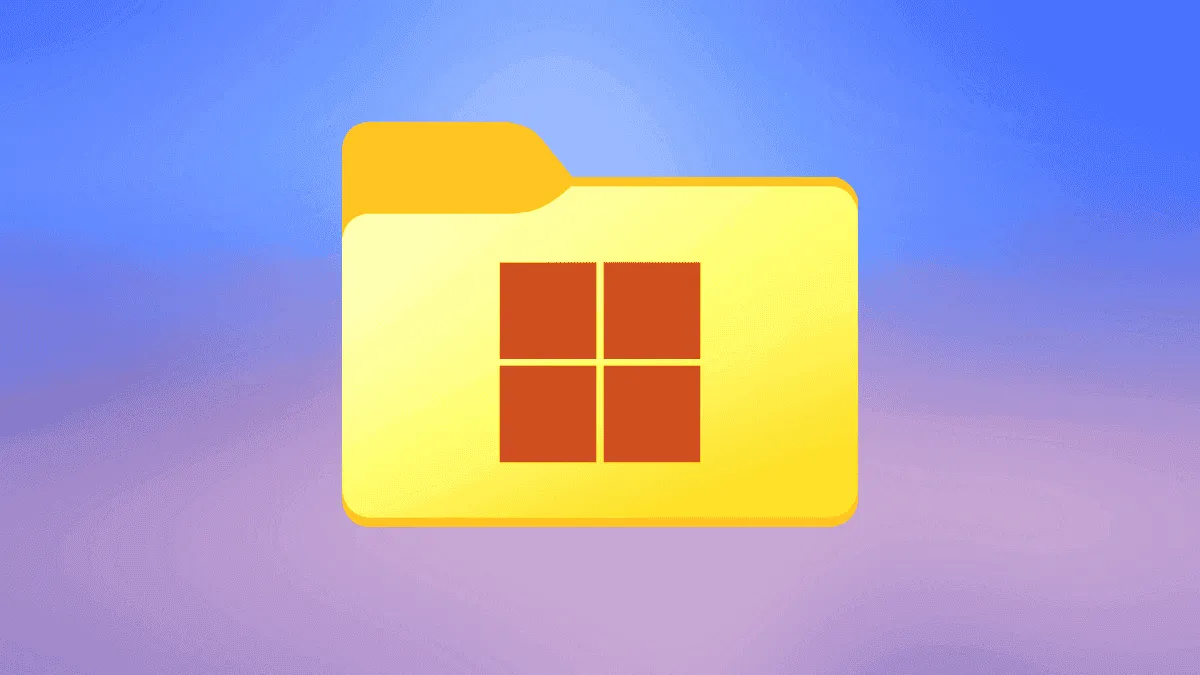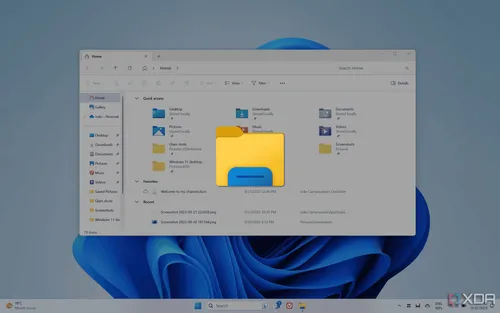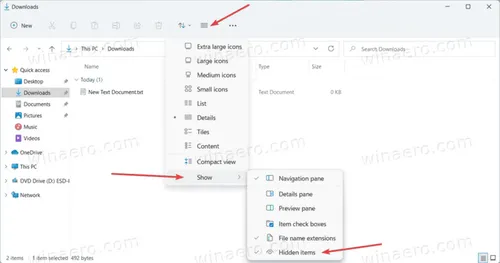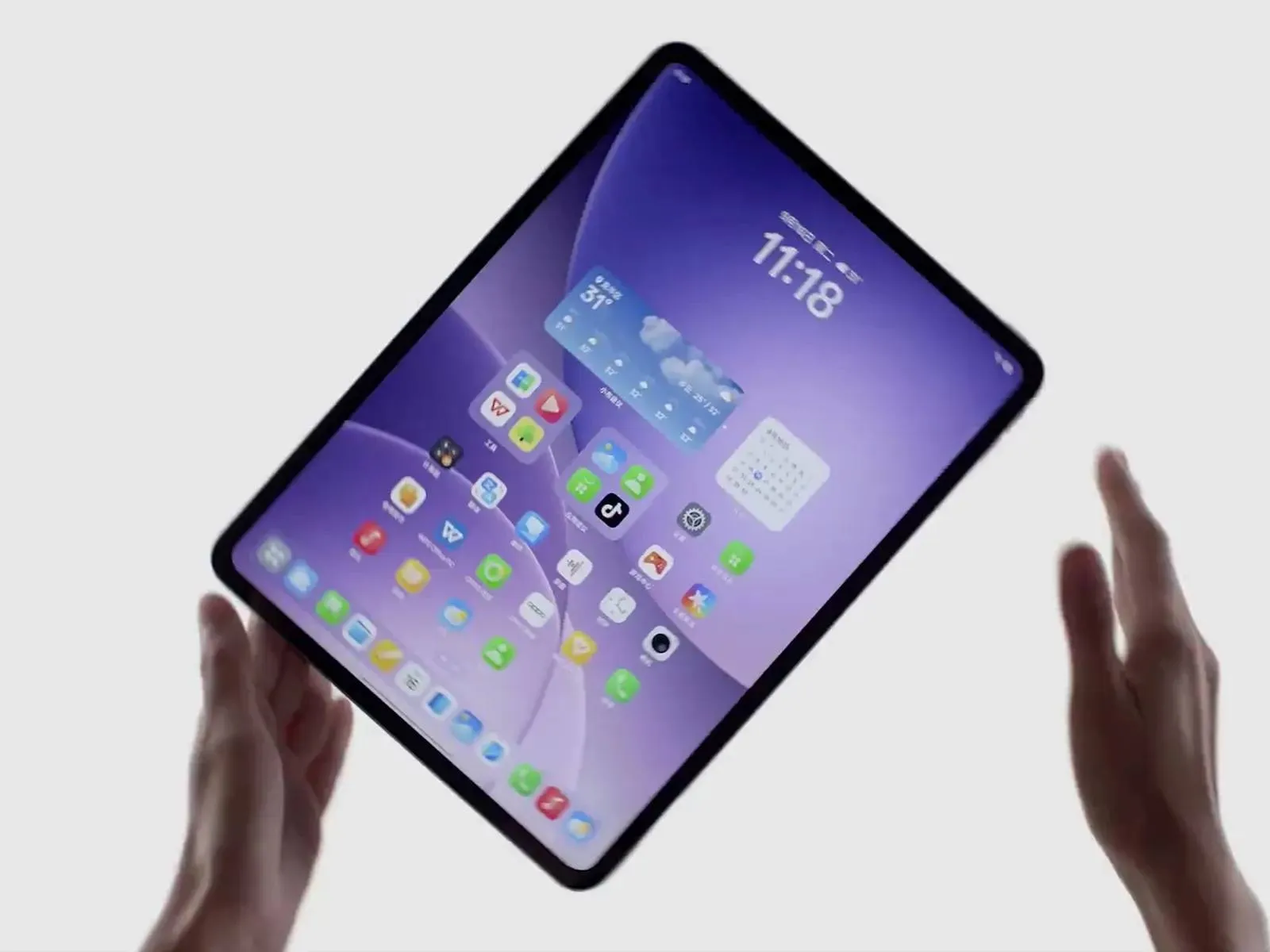
Hiding folders in Windows 11 is a clever method to keep personal or sensitive information out of sight from casual observers. While this technique won't completely shield your files from determined individuals, it does create a barrier for those who are unaware of their existence. This approach strikes a balance, ensuring your data remains easily accessible to you while deterring those who might stumble upon it by accident. For added security, particularly if you need a higher level of protection, implementing a password will provide an extra layer of defense against unauthorized access.
Hiding Folders in Windows 11 - Why the Feature Can Be Useful?
Hiding folders in Windows can be useful in various scenarios:
- Protecting Personal Data: If you have personal files like photos, journals, or financial records that you don't want others to see, hiding these folders can keep them out of casual view.
- Preventing Accidental Changes: For important files or folders that you don’t want to be accidentally modified or deleted, hiding them can help reduce the risk of unintended alterations.
- Organizing Workspace: When working on a project with many files, you might want to hide certain folders to declutter your workspace and focus only on the files you're currently using.
- Reducing Distractions: If you're sharing a computer with others and want to minimize distractions by hiding files not relevant to the current user, hiding folders can keep non-essential files out of sight.
- Storing Temporary Files: When saving temporary files or drafts that are not ready for others to view, hiding these folders can help keep them private until you’re ready to share or finalize them.
- Maintaining Confidentiality: For confidential work-related documents that should not be easily accessible, hiding folders helps keep them discreet from those who might be browsing through shared computers.

Image Credit: XDA-Developers
In all these cases, while hiding folders provide a level of privacy, using additional security measures like encryption or passwords is recommended for more sensitive data. Anyway, as you can read above, various factors make this feature useful.
How to Hide Folders in Windows 11
Here’s how to hide a folder in Windows 11 (the steps are similar for Windows 10):
- Right-click or Tap and Hold: Find the folder you want to hide. Right-click on it (or tap and hold if you're using a touchscreen).
- Select Properties: From the drop-down menu, choose Properties.
- Check Hidden: In the Properties window, go to the General tab. Look for the Attributes section. Check the box next to Hidden.
- Apply Changes: Click Apply, then OK to close the Properties window.
- Confirm Hidden Folder: To ensure the folder is hidden, go to the File Explorer. If you don’t see the folder, it’s hidden. To view hidden folders, go to the View tab in File Explorer and check Hidden items.
This method will make the folder hidden from casual view but will not prevent someone from finding it if they know to look for hidden items. For more security, consider using encryption or password protection.
Showing Hidden Folders in Windows 11
Here’s how to find hidden folders in Windows:
- Open Windows Explorer: Start by opening Windows Explorer or any folder on your computer.
- Go to the View Menu: At the top of the window, click on the View tab.
- Select Show: From the dropdown menu, choose Show, and then select Hidden items.

Now, hidden folders and files will appear as slightly translucent icons. They are still interactable and can be accessed, but their hidden status remains intact. To add extra protection to your files, folders, and data, consider these options:
- Password Protect Your Files: Use built-in Windows features or third-party software to add password protection to your sensitive data. This ensures that only authorized users can access your files.
- Use Cloud Storage: Store your files with a cloud storage provider. This way, your data is not physically on your device, reducing the risk of unauthorized access. Plus, cloud storage often offers additional security features like encryption and multi-factor authentication.
Is it Possible to Password-Protect Hidden Folders?
Windows 11 does not have a built-in feature specifically for password-protecting folders. However, you can use a few methods to add password protection to your files and folders:
Use File Encryption
One way to add an extra layer of security to your folder is to encrypt folders using Windows' built-in encryption tool. It is available in the Professional, Enterprise, and Education editions. To do this:
- Right-click the file or folder.
- Select Properties.
- Go to the General tab and click on Advanced.
- Check the box labeled Encrypt contents to secure data.
- Click OK and then Apply.
This encryption is tied to your Windows user account, so others can't access the files without your login credentials.
Use Compression Software
Another alternative is to use apps like WinRAR or 7-Zip. They allow you to compress files and add password protection to the compressed archive.
- Right-click the file or folder you want to protect.
- Choose the compression software (e.g., 7-Zip or WinRAR) and select the option to create a new archive.
- Set a password in the archive options before saving it.
Third-Party Software
There are various third-party applications designed to password-protect folders, such as Folder Lock, AxCrypt, or Folder Guard. These tools offer additional features and stronger protection for your data.
Conclusion
In summary, hiding folders in Windows 11 is a simple way to keep your files out of sight. It’s not super secure but works well for keeping things less obvious to others. If you want extra protection, you might want to use passwords, encryption, or store your files in the cloud. This way, you keep your data safe and still have easy access when you need it.
Loading





